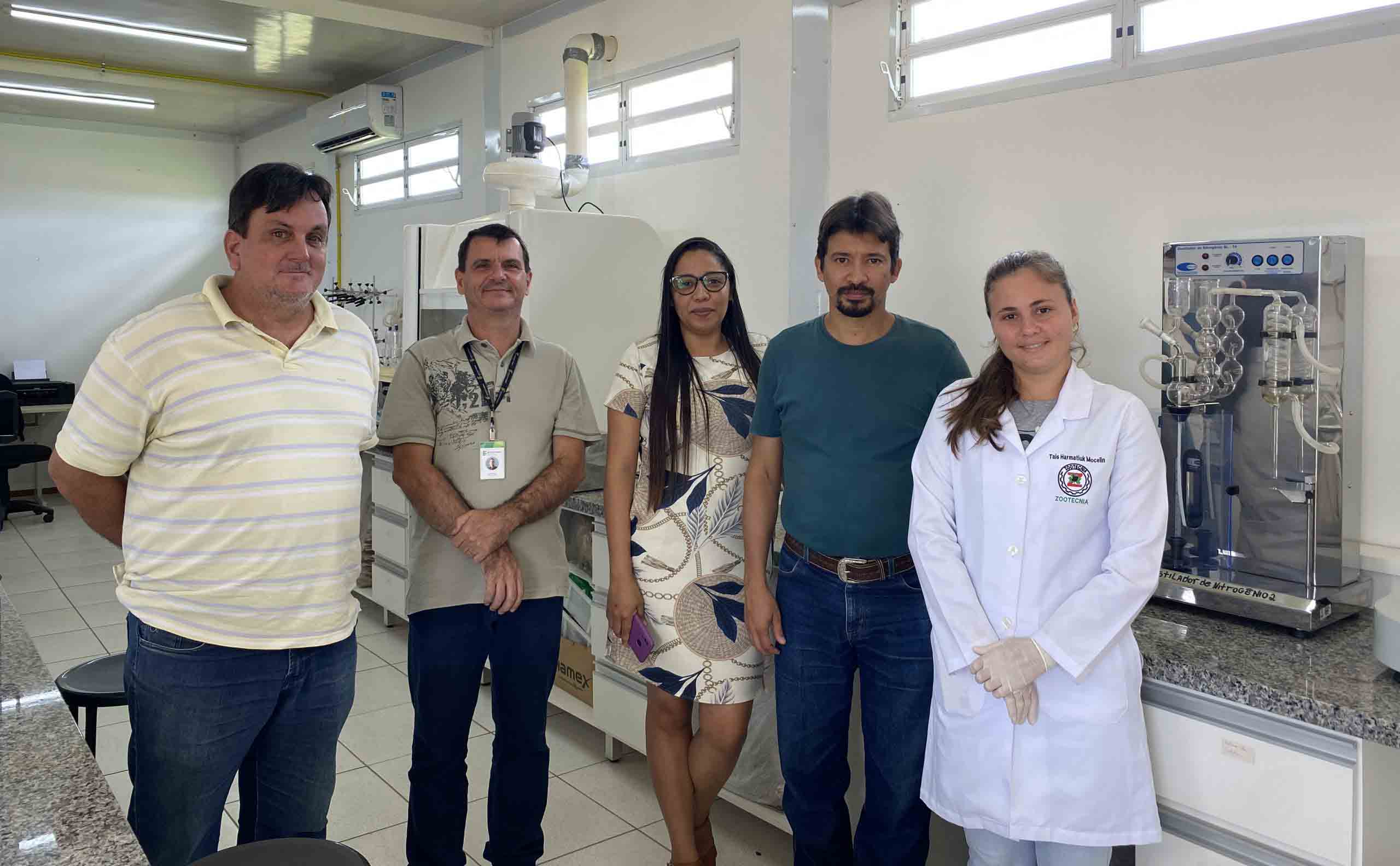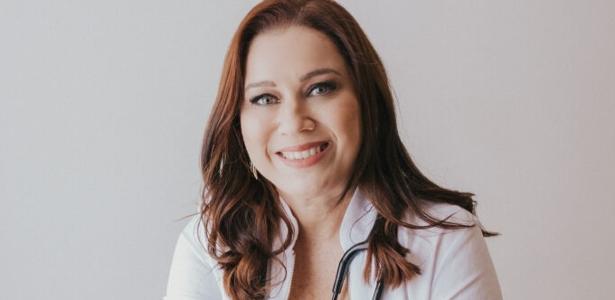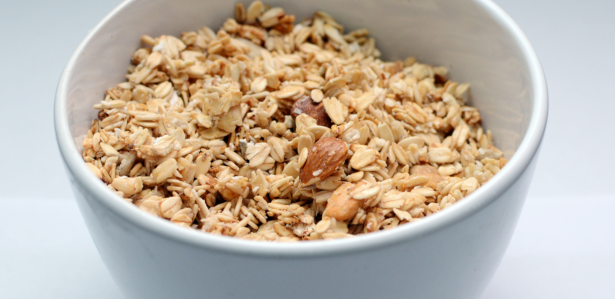
Part of a cow’s digestion takes place in the rumen, which is a place in the stomach where microorganisms break down food through fermentation. But did you know that it is possible to mimic this process in a digester incubator?
This is one of the pieces of equipment acquired by the Conect @ gro project, from the Instituto Centro de Vida (ICV) and installed at the Federal Institute of Mato Grosso (IFMT) in Alta Floresta, in the Mato Grosso Amazon region. They are now part of the bromate laboratory, the science that studies food.
As explained by the project coordinator on campus, César Oliveira, the main goal of a digestion incubator is to analyze how much food an animal can digest.
He said, “Normally, food is digested, but only in portions, so maybe 30%, 60% has been digested, and with this machine we get that information.”
In all, Conect@gro has invested R$125,000 in equipment. They are used by students of undergraduate courses in Animal Science and Technical in Agriculture. In addition to the incubator, a magnetic stirrer, a mill, a nitrogen distiller, a greenhouse, and a scale were purchased, among others.
Zootechnics course coordinator Marcelo Biasi noted that each piece of equipment is used at a specific stage in the study of food and that they are all central to conducting research, education, and extension.
“As long as we need to use this equipment in a complete and complete process, it is important because at that point it is necessary to do that activity, that movement with food, so it is a laboratory that is of the utmost importance to us.”
To analyze the amount of protein in a particular pasture, for example, it is necessary to collect a sample of the material, store it in a freezer, and place it in a drying oven so that it then passes through the mill. Finally, the sample is weighed and passed through a digester and distiller.
“This means that for you to do an analysis, you have a series of equipment. In addition to proteins, we can also evaluate fiber, which is another process, we can evaluate fats in food, which is also another process.”
improvements
Before the equipment arrived, students and teachers needed to turn to other educational institutions in the area so they could do the research. Many of them were made improvised or not made at all.
“We needed to capture something there, and another here, to be able to do analytics at the very least, and even with some things missing it wasn’t all we could study,” said the institution’s head of teaching. Oath, Taís da Silva Maya.
Now, in addition to teaching and research, one of the lab’s areas of focus is extension. Through the use of the devices, it is possible to respond to the demands of society and questions regarding the issue of nutrition.
“We always receive many requests from producers for pasture analysis, soybean analysis, corn analysis. Until then, we couldn’t do that, so now these acquisitions also allow us to increase this type of service.”
Technical assistance
ICV consultant Eduardo Florence explained that there is a distance between students and producers and that they often do not have access to problems in the field during their training.
The producer often asks for technical advice and technicians are often unwilling to help him. Therefore, through this resource, we are looking forward to strengthening universities, as well as promoting rural technical assistance training.”
Another R$67,000 has been allocated to the Livestock Studies Integrated Group (GEPI), at the University of Federal Mato Grosso (UFMT) campus in Sinop. The funds were used to purchase a container where research related to Connect @ gro would be carried out.
The group coordinator, Dalton Henrique Pereira, said at least 15 students could be assisted at one time in this space. The research links cows into a more sustainable system, thinking about the economic and social side of the process.
“The space allows us to improve on what we have already done. Without a doubt, it will solve our current problem, which is the lack of a defined space.” “The container will be the place where we will carry out qualifications, training and meetings with rural producers, entrepreneurs and research participants, among others.”
@𝐠𝐫𝐨
Making the livestock of the Mato Grosso Amazon region more productive, profitable and capable of ensuring the preservation of the Amazon rainforest is the main focus of the Conect @ gro project, implemented by the Instituto Centro de Vida (ICV).
The project has a partnership with the Federal Institute of Mato Grosso (IFMT), with the Integrated Livestock Studies Group of the Federal University of Mato Grosso (GEPI/UFMT), with the Federal University of Goiás, Sikredi, Embrapa Agrosilvipastoril and Campo S/A.
Funding comes from the REM programme, which is implemented in partnership with the Mato Grosso State Government, the German Development Bank (KfW) and the UK Secretary for Business, Energy and Industrial Strategy (BEIS), and for which the principal is funded by the Brazilian Fund for Biodiversity (Funbio).

“Friendly zombie guru. Avid pop culture scholar. Freelance travel geek. Wannabe troublemaker. Coffee specialist.”






